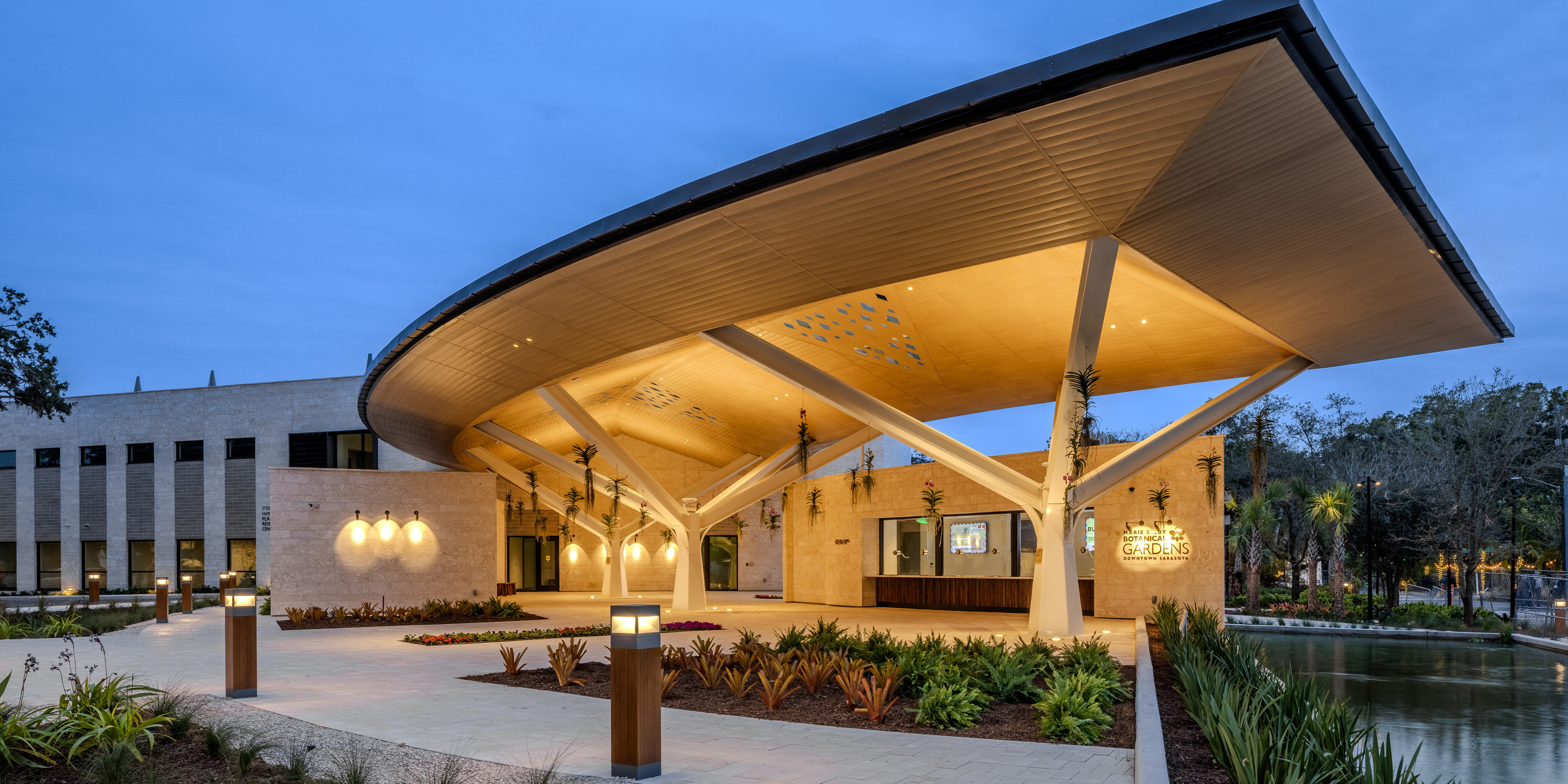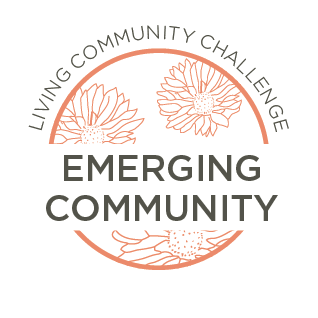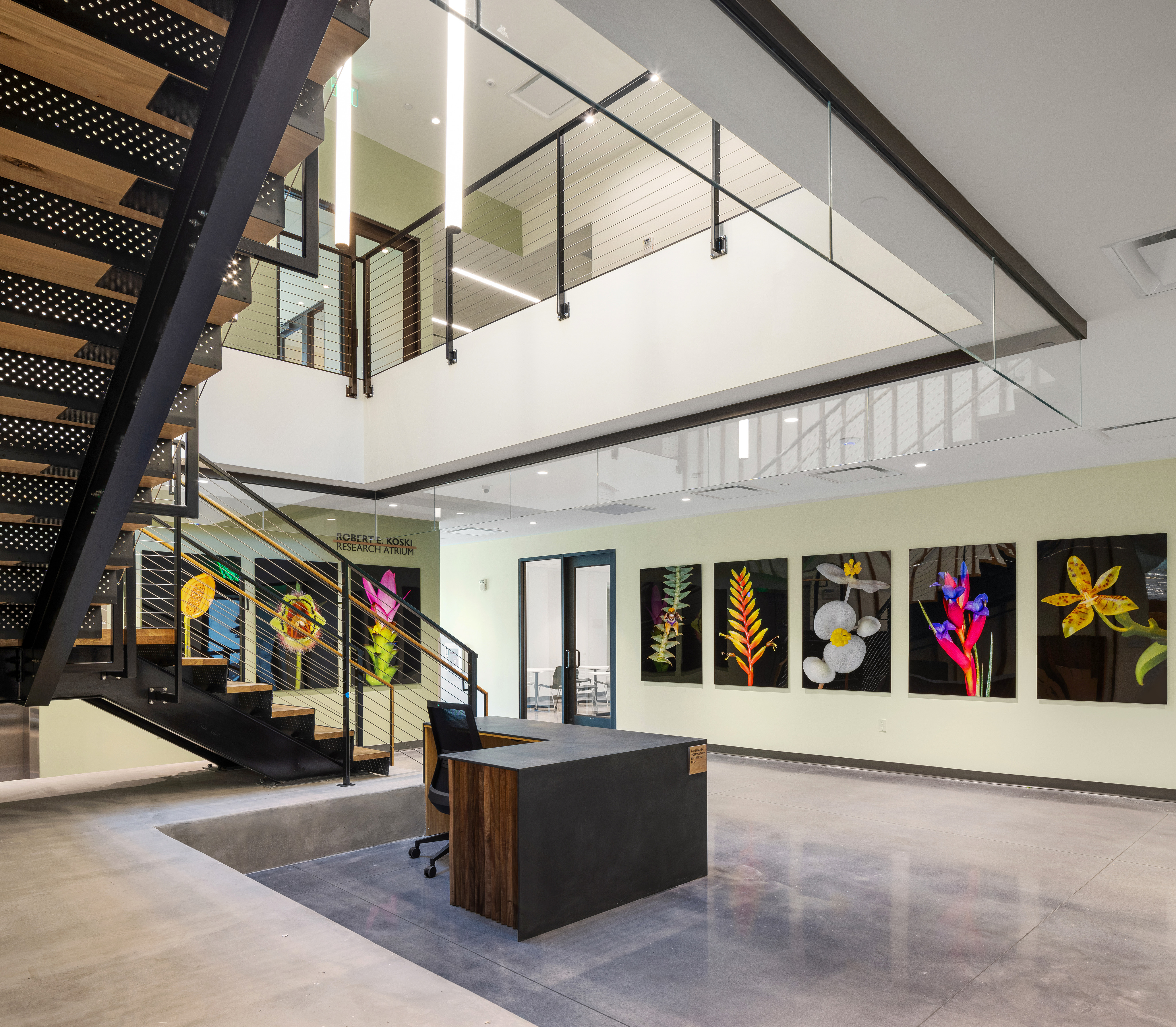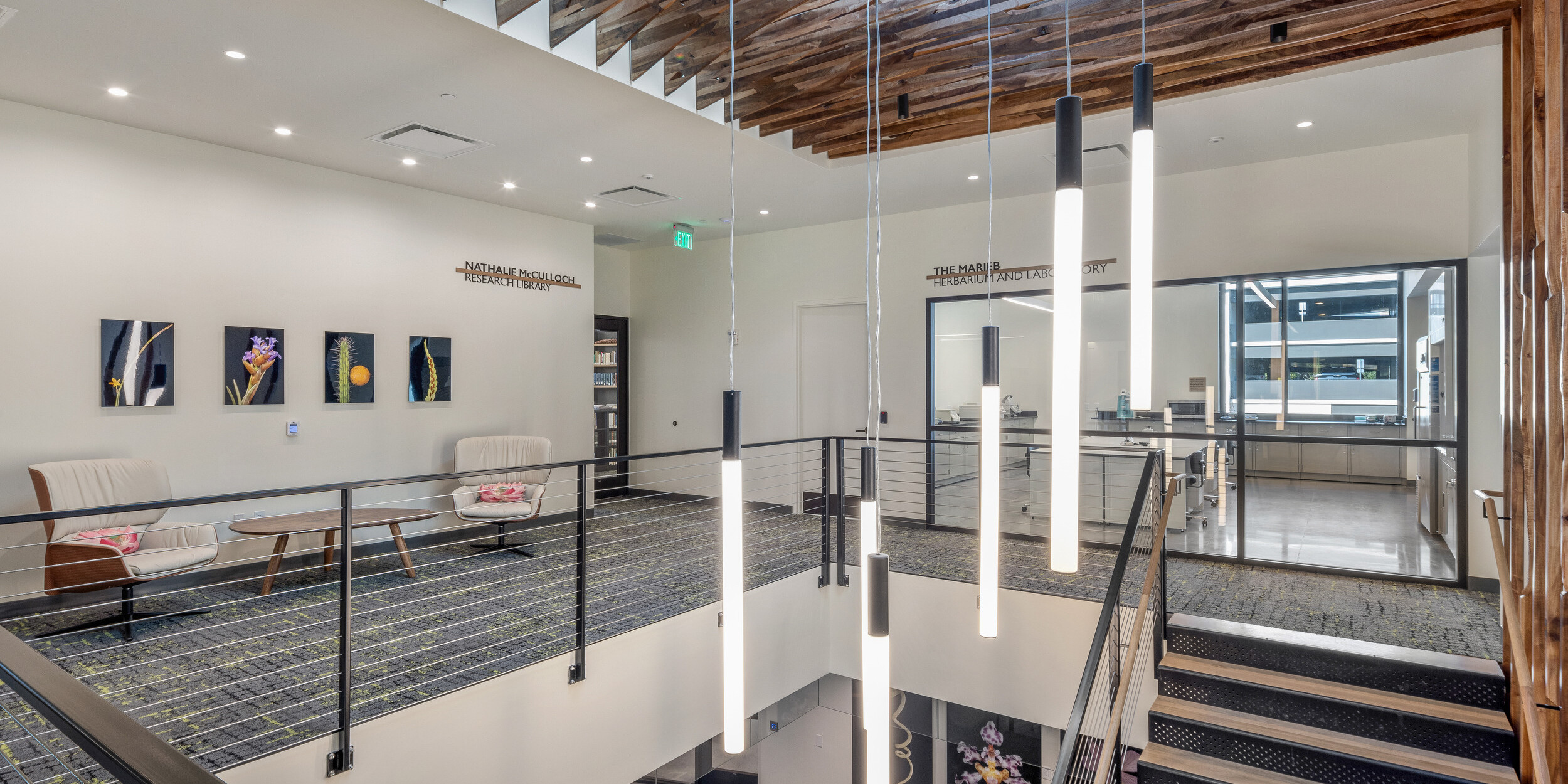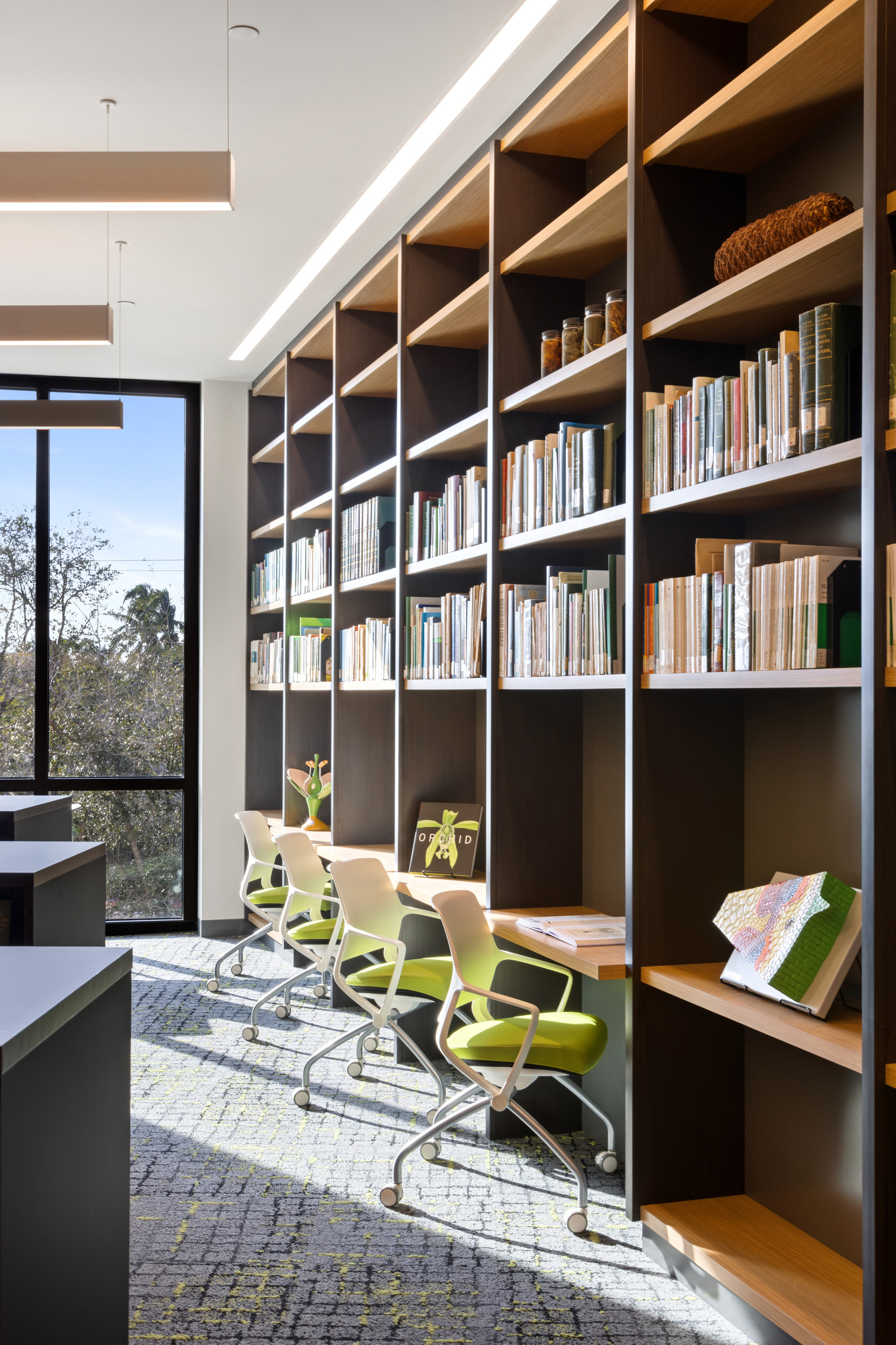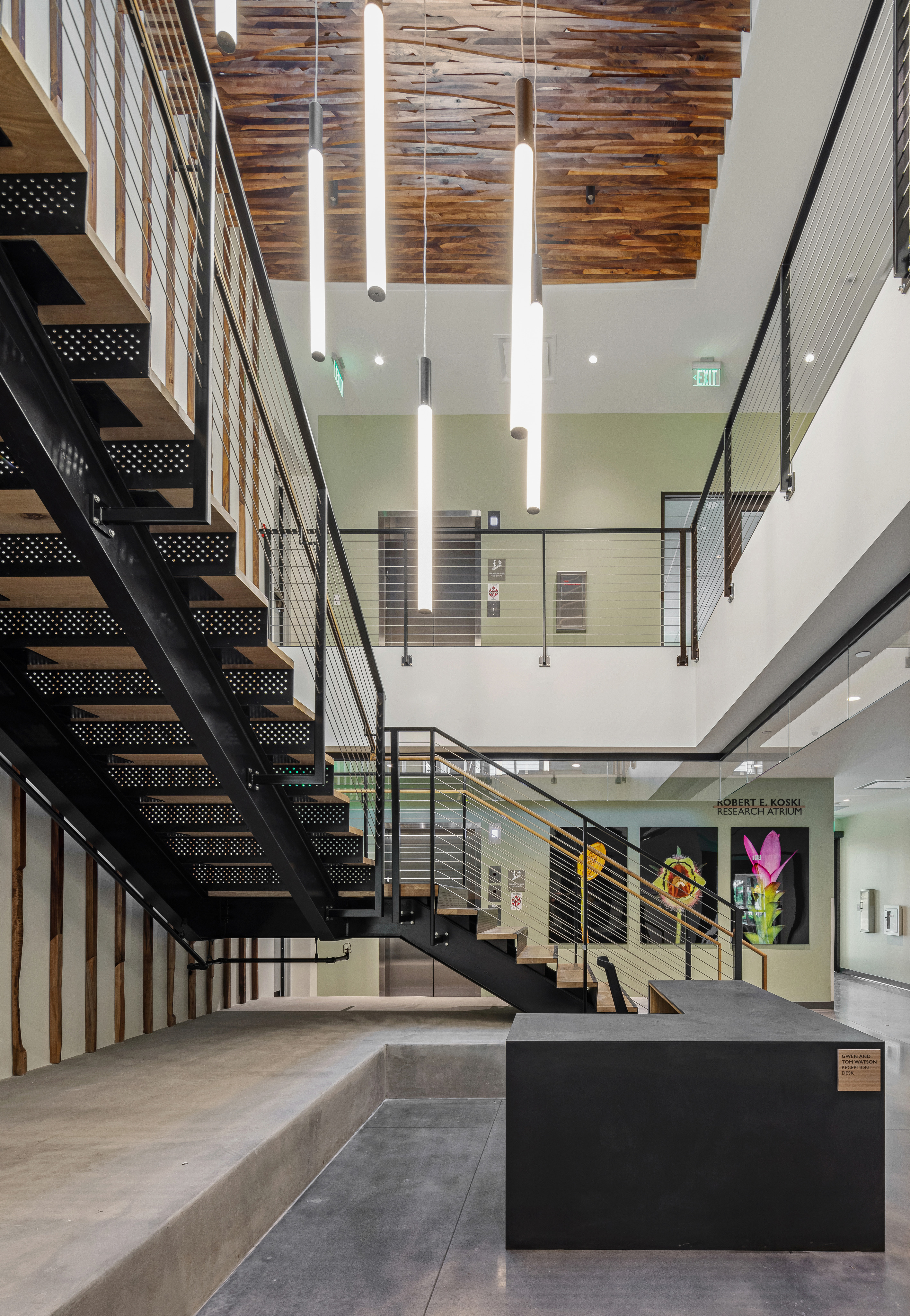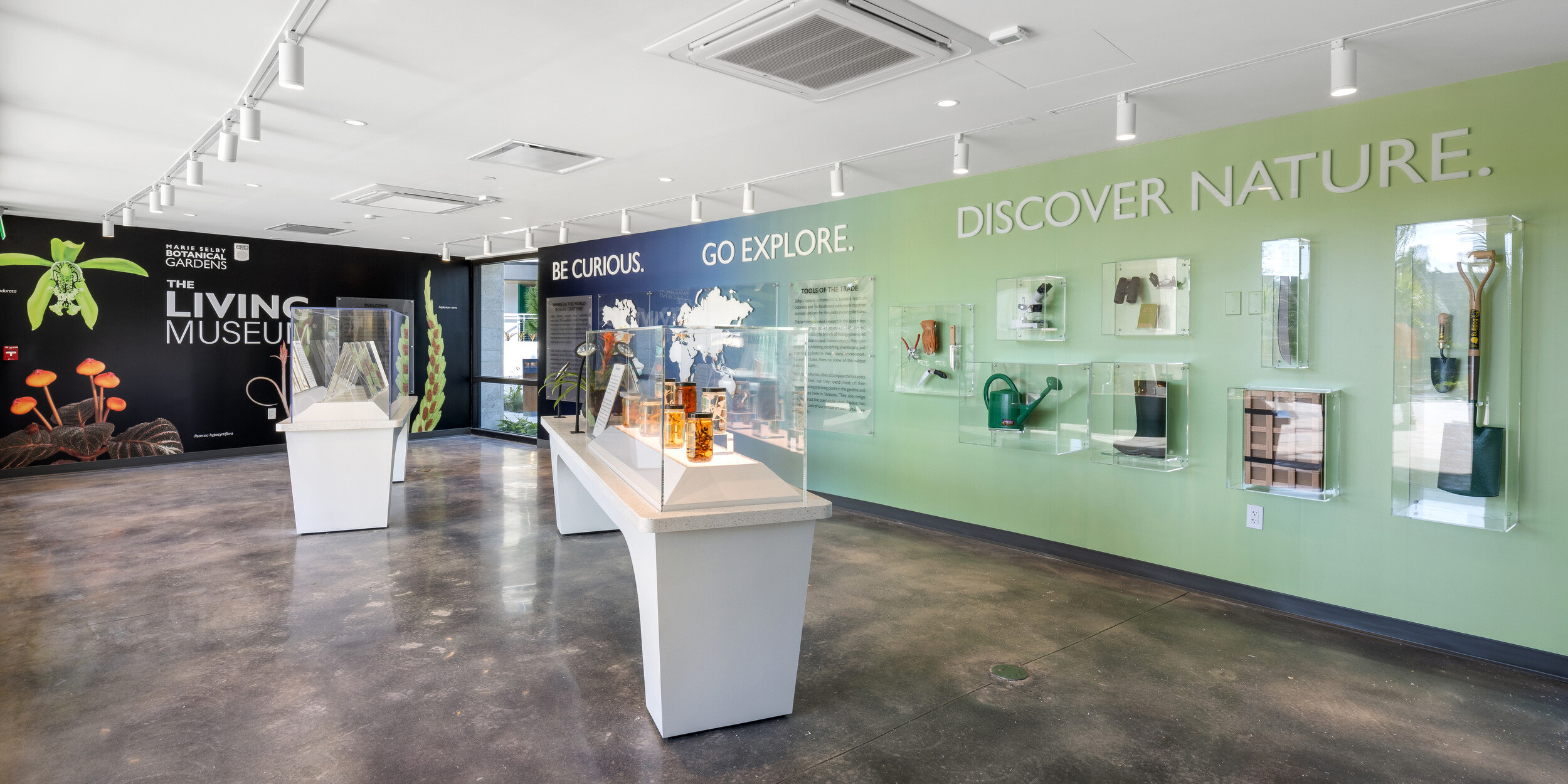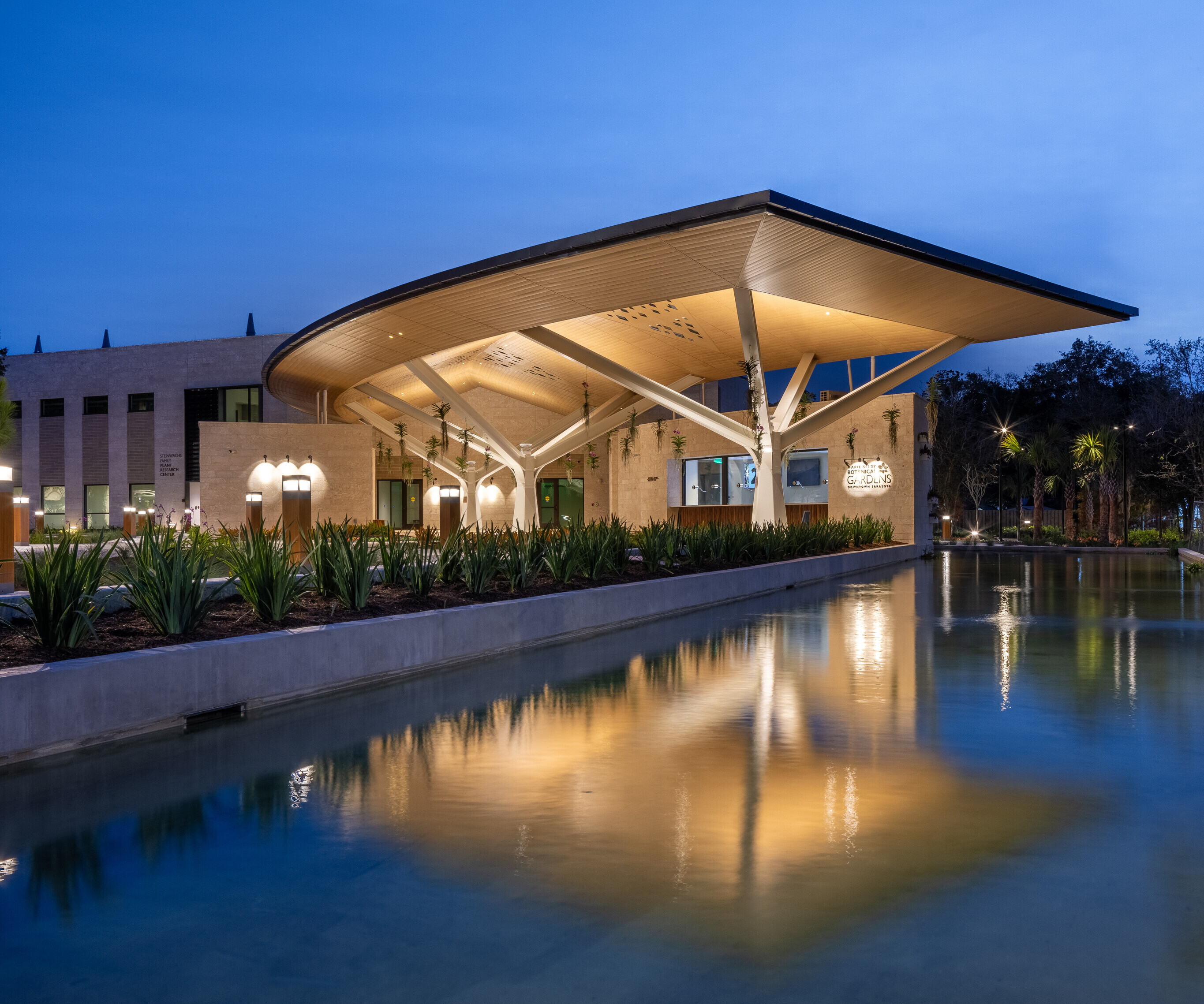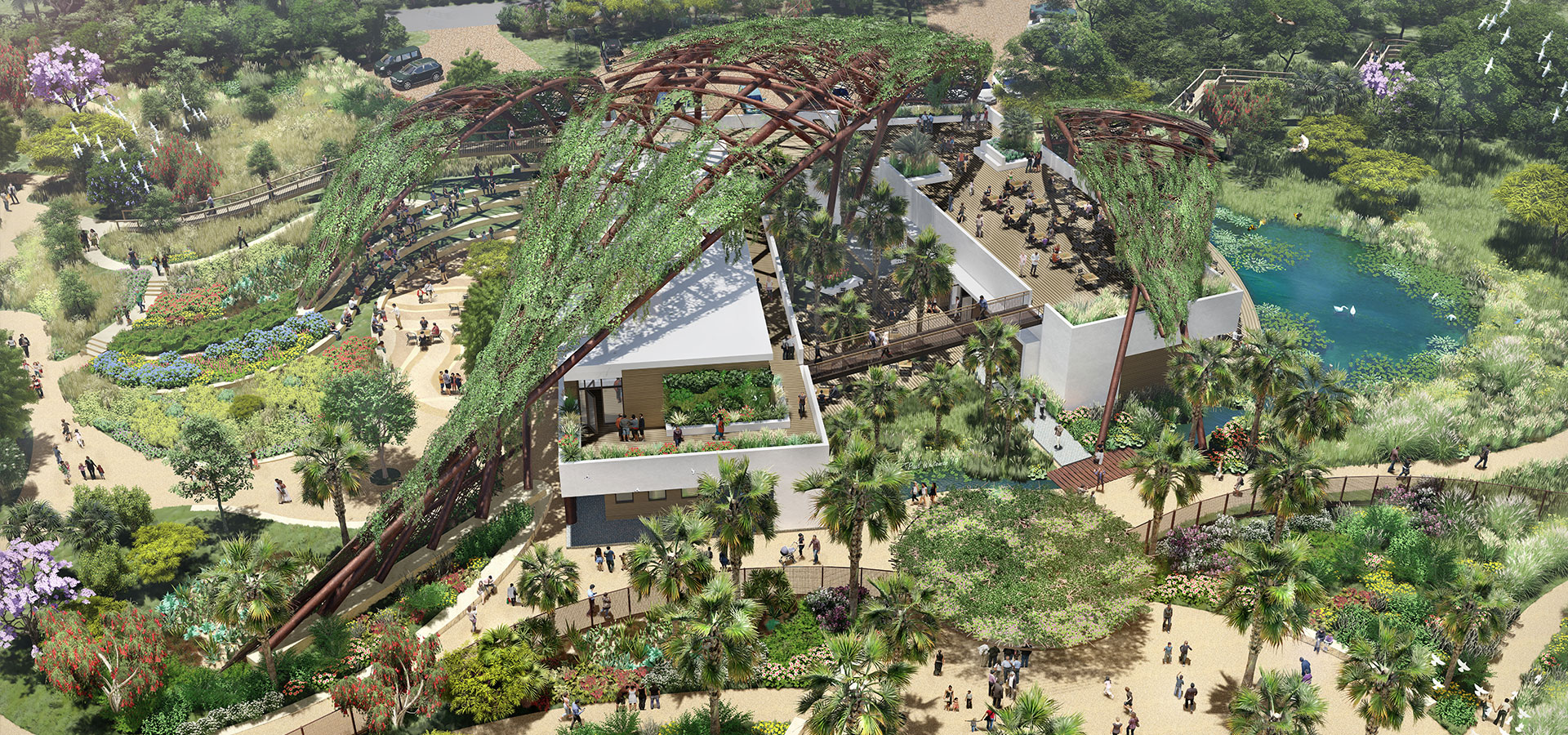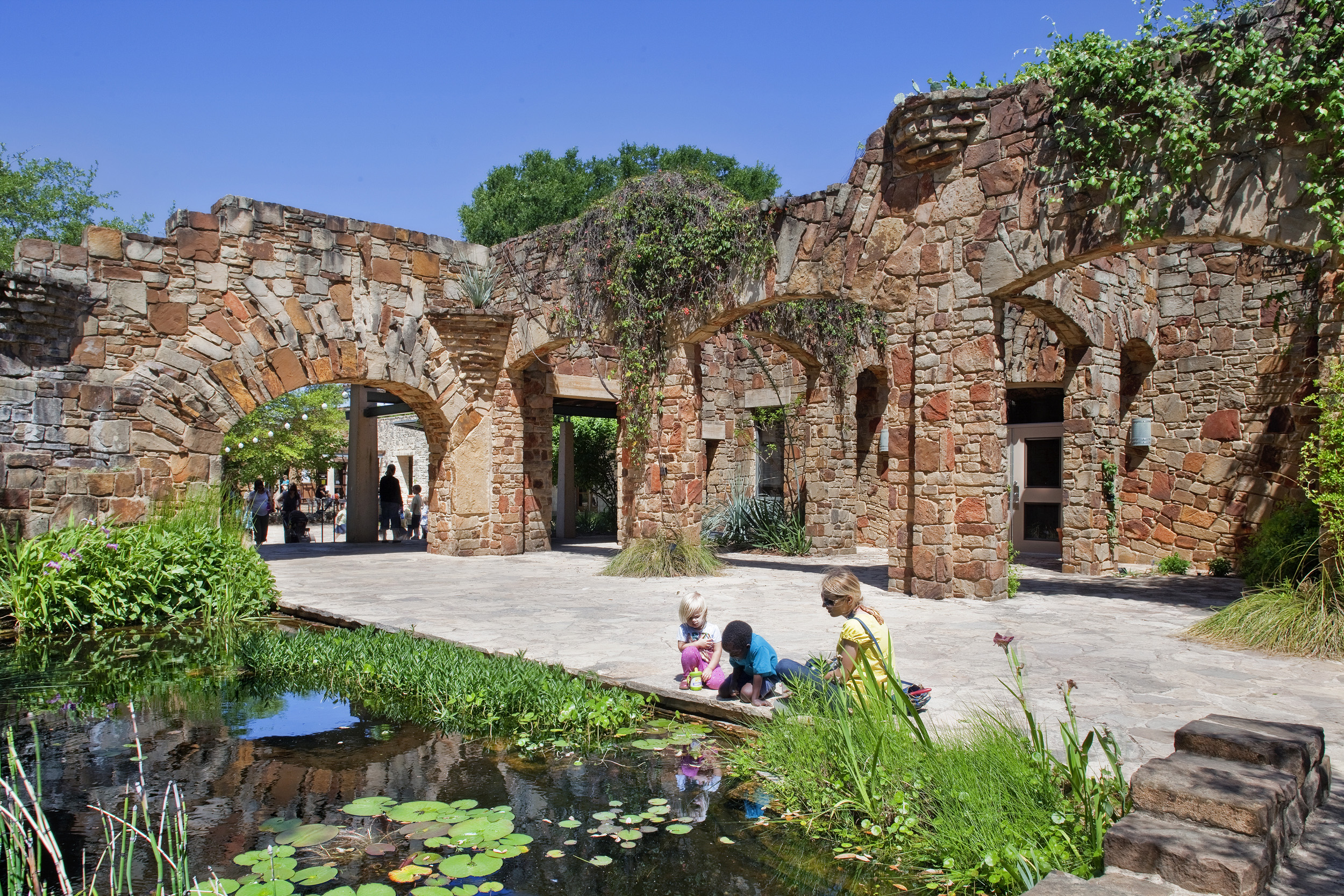Marie Selby Botanical Gardens
Sarasota, Florida, USA
A groundbreaking Net Positive energy campus breathing life into a conservation mission.
The world’s first net positive energy botanical complex & the world’s first net positive restaurant.
Client
Project Size
Completed in
A visionary transformation led by OVERLAND, OLIN, and Kimley Horn, Selby Gardens redefines the paradigm of botanical institutions. Inspired by the intricate interplay of Selby’s foremost epiphytic ecosystem, the master plan synthesizes sustainability and innovation, embodying the gardens’ mission of conservation and research.
Leveraging biomimicry principles, the campus emerges as a living testament to ecological stewardship, boasting the world’s first Certified Net Positive Energy botanical complex. Anchored by a pioneering world’s first net positive restaurant in a garden setting, the campus integrates rooftop gardens and solar arrays, modeling a holistic approach to sustainability.
Diverse disciplines converge in this inspired setting, fostering collaboration and synergy among researchers, educators, and visitors. By seamlessly integrating architecture with nature, the project transcends traditional botanical centers, becoming a vibrant nexus of exploration, education, and environmental advocacy. Marie Selby Botanical Gardens stands poised to inspire and engage, charting a bold course towards a more sustainable and interconnected future.
Awards
2024 AIA San Antonio COTE Award
2024 TIME World’s Greatest Places
2024 USA Today 10Best Reader’s Choice Awards – Best Botanical Garden
+5%
600kW
100%
The Master Plan of Selby Botanical Gardens imagines a greener future, one where architecture blends into the landscape, creates its own energy, and respects and is informed by its ecological context in order to inspire others and serve as a model of truly sustainable, resilient design.
John Byrd, Overland Principal & Director of Design Performance
We are taking an established civic and cultural asset and allowing room for our collections, research and educational programs to be protected and sustainable for generations to come.
Jennifer Rominiecki, President & CEO of Selby Gardens
Let’s design a greener future together.
